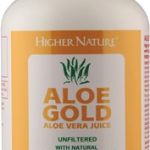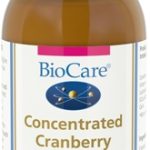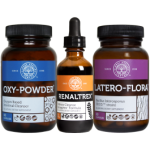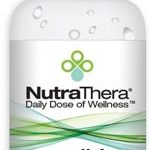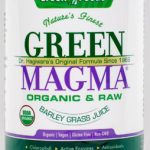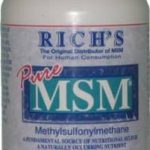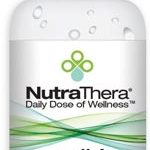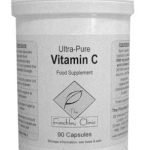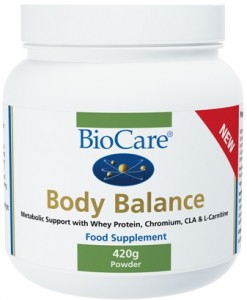It’s all too easy to take vitamins and minerals – in other words the nutrients we consume from healthy foods – for granted. Too often, they don’t seem fun, they don’t seem dynamic and the foods from which they derive don’t seem the exciting, tastiest options come lunch or dinnertime. Taste is subjective, though, of course (and many highly nutritious foods – exotic fruits and delicious vegetables – are, generally speaking, very tasty, indeed), but what’s objective is the importance of nutrients. And what they do for our bodies.
Indeed, it’s all too easy to take this for granted; it’s all too easy, for instance, to take for granted the fact that critical nutrients play a much-needed role in detoxifying the effects of harmful micro-organisms in our bodies. Too often we don’t find that exciting, yet for the good of our health, maybe more of us should. After all, there are nutrient-packed supplements on the market that are highly impressive in the good they can do us thanks to their detoxification capabilities.
Green Magma ingredients and nutrients
And one such supplement is Green Magma. Derived from barley grass, it was originally developed by the Japanese scientist Yoshihide Hagiwara, who brought together and encapsulated into this single supplement the many nutrients and phytochemicals of barley grass to boost the body’s energy levels, increase its resistance to disease and improve the health of its skin, nails and hair.
More specifically, this fat-free dietary supplement comprises a trio of main ingredients – barley juice powder, maltodextrin (from tapioca) and brown rice; which means it’s a rich source of the likes of Vitamins A, C and K, folic acid, potassium and chlorophyll, as well as amino acids and enzymes.
So much for what Green Magma contains, but how are these ingredients actually captured from their natural source and Green Magma supplements manufactured? Well, it all comes down to a process of ‘juicing’ and spray-drying barley grass; thus, protecting its nutrients (once they’re fully in powder form) from deteriorating. Additionally, maltodextrin and brown rice are blended in with the supplement’s other crucial ingredients to add texture and prevent them all from falling victim to oxidation.
Green Magma benefits
So, in greater detail, here are some of the terrific benefits consumers of Green Magma can take advantage of by incorporating it to their everyday diet:
- Detoxification – environmental pollutants and other toxins can easily and quickly be consumed by and absorbed into the body in the course of everyday life; the more toxic your insides become due to these chemicals the less impact your immune responses will make and the less successfully will cell division be completed, but possessing so many antioxidant properties (thanks to all its nutrients), Green Magma can help your body to fight back
- A rich mix – it could be that Green Magma offers the vast majority of all the nutrients your body needs; indeed, even in single servings, it possesses greater amounts of calcium, magnesium and Vitamins, A, B1, B2, B3, B6 and C than many types of vegetables, while it’s such an effective antioxidant because it also naturally comprises a whole host of chemicals with dynamic antioxidant properties, including alpha-carotene, beta carotene, catalase, selenium, superoxide dismutase, 2-0-glycosylisovitexin and Vitamins C and E
- Chlorophyll – the chemical that ensures vegetables (and, come to that, many plants in general) appear green, chlorophyll has a history throughout civilisation of being relied on for ensuring blood remains healthy, but in Green Magma (unsurprising perhaps, as it’s a key ingredient in this supplement), it primarily operates as a natural and potent detoxifier
- Cardiovascular function – according to a relatively recent study published in peer-review journal ‘Diabetes and Metabolism’, barley grass supplements (including Green Magma then) may well promote ordinary, good cardiovascular function.
Green Magma supplements
Now, it is true that, yes, the dietary supplement market is awash with several different products purporting to contain barley grass – and, thus, they claim to offer its so many beneficial attributes – yet, it’s only actually Green Magma that comprises the active, young barley grass plant that’s so potent. To wit, the following Green Magma products are all available through The Finchley Clinic – and at present they’re at special offer prices too…!
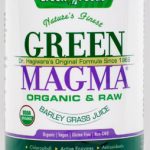 Green Magma (300g) – regular supplementation with Green Magma may improve digestion, increase energy and aid detoxification; manufactured using patented processing methods.
Green Magma (300g) – regular supplementation with Green Magma may improve digestion, increase energy and aid detoxification; manufactured using patented processing methods.
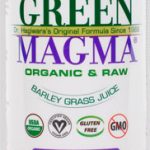 Green Magma (150g) – a less copious version of the green barley juice-derived supplement; for best absorption, mix one teaspoon of Green Magma powder into a glass of water or non-acidic fruit juice (approximately 160ml) 1-2 times per day, then drink the solution 20 minutes before or two hours after a meal.
Green Magma (150g) – a less copious version of the green barley juice-derived supplement; for best absorption, mix one teaspoon of Green Magma powder into a glass of water or non-acidic fruit juice (approximately 160ml) 1-2 times per day, then drink the solution 20 minutes before or two hours after a meal.
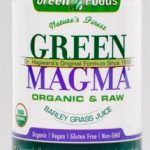 Green Magma (250 tablets) – the supplement in tablet form; users are advised to take six tablets with water 20 minutes before a meal, twice daily.
Green Magma (250 tablets) – the supplement in tablet form; users are advised to take six tablets with water 20 minutes before a meal, twice daily.

